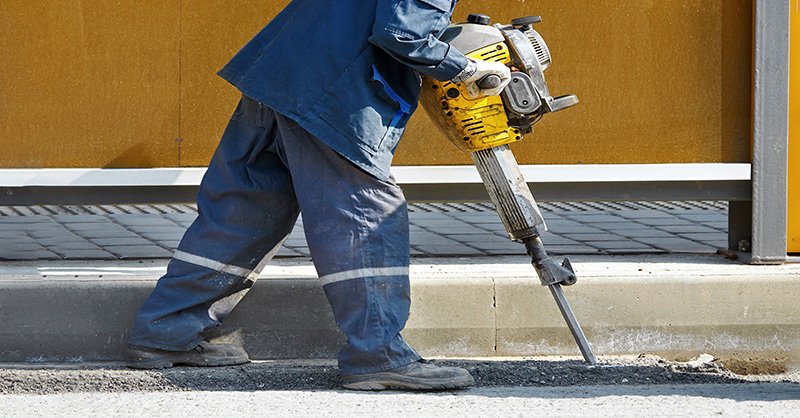Hand-Arm Vibration Syndrome: The Hidden Risk of Vibrating Power Tools

Power tools play a pivotal role in construction, but they also pose risks to workers. Understanding these hazards is essential for maintaining a safe work environment. In this article, we’ll explore the impact of power tools on construction workers and preventive measures to mitigate these risks.
The Dangers of Using Vibrating Power Tools
Long exposures to high-impact percussive tools (such as pneumatic hammers) expose workers to both vibration and shock. Potential consequences include vascular damage, neurological issues, and musculoskeletal harm, sometimes resulting in permanent disability.
Construction workers must be aware of these risks. Prioritizing safety through regular training, proper maintenance, and protective gear ensures a healthier work environment in the construction industry.
Hand-Arm Vibration Syndrome (HAVS)
HAVS results from prolonged exposure to vibrating power tools. NIOSH defines HAVS as “a collective term for vibration-induced neurological, vascular, and musculoskeletal disorders in the hand-arm system.” Common tools associated with HAVS include jackhammers, grinders, and drills.
Health Effects of HAVS:
Vascular Disorders: Prolonged vibration exposure can damage blood vessels, leading to poor circulation in the hands and fingers.
- Neurological Disorders: Nerves in the hand and arm may suffer permanent damage.
- Musculoskeletal Disorders: Muscles and joints can be affected.
Symptoms include tingling sensations, discoloration, muscle fatigue and reduced hand mobility.
Preventing Injuries and Managing Exposure on Your Jobsite
- Training and Safety Precautions:
- Proper training on tool usage and safety measures is crucial.
- Regular inspections and maintenance of tools help prevent excessive vibration.
- Use personal protective equipment (PPE), including anti-vibration gloves and goggles.
- Limiting Exposures:
- Rotate workers to minimize continuous exposure to vibrating tools.









